Hearty meats, subtle spices, and bold flavours define Maratha food across the warrior kitchens of the Deccan Plateau.
Even as The Aviary, the all-day dining restaurant at JW Marriott Prestige Golfshire, fills up with the lunchtime crowd, Vinita Ghatge deftly draws their attention to a section of the extensive buffet that she has curated and prepared. The section that shines a spotlight on her royal Maratha cuisine, showcasing a rich tapestry of flavours and traditional recipes passed down through generations.
As a talented, self-taught chef, Vinita is on a personal mission to popularise the food she grew up eating and her family recipes, which are still closely guarded secrets.
“We Marathas were a warrior clan. Our food is meaty, robust and bold, mellowed with subtle spices. Chillies are judiciously used, more for flavor, less for heat. Game meat used to figure prominently in some of our signature dishes, as hunting was part of Maratha culture. In fact one of my family recipes randomly named ‘Shahi chicken’ was once actually created impromptu, while my grandfather was on a peahen hunt with his entourage. Using fresh coconut milk, onions, a handful of dehydrated chutney powder and a dash of vinegar, it has stayed in our repertoire till date,” she begins enthusiastically.
Vinitas great grandmother Nanibai Saheb Rane, was a talented cook and her grandfather Sardar Amrutrao Bopirao Kadam was very passionate about food. He diligently gathered recipes and made extensive notes in the margins of his cookbooks that he passed on to his daughter in law. “When my mother got married she actually brought a cook along with her as dowry. To prevent her from ruining her complexion, as a young girl she was not allowed to tattoo her skin as was tradition at the time, nor was she allowed near the heat of the chulha. But eventually nothing could keep her out of the kitchen and she became an expert chef and baker
“My son is also a chef, so you see cooking is in our DNA,” she smiles, adding, “some of our house specialties include Sunthi, kebab-like small meatballs, held together with banana fibre or cotton thread, historically made famous by the Maratha rulers of Thanjavur. Today I’ve made Parsundi, one of my personal favourites. Back in the day a leg of lamb would be hand-pounded for hours till the meat assumed a fine mesh like texture and then topped with eggs and gently baked in coal. Now we use minced meat for convenience. Kesar maas, a tasty appetiser usually served with drinks is nothing but finely pounded and seasoned meat, resembling strands of saffron. Another family recipe which is surprisingly popular is a sautéed potato dish called Afooti Batiti. Flavoured with slivers of mutton liver and it started off as a jaundice remedy for my father.”
Vinita’s menu also included Corn chuda, ( corn kernels roasted and tossed in seasonings), Motla-Surmai (fish curry), Jhingyacha Bhujna (prawn fry), Bharla Vanga (stuffed brinjal), Shahi Kombadi (chicken curry), Khekda Masala (crab masala) and several others.
But like most chefs, she likes to improvise on occasion and confesses to using loads of coriander even when it is not part of the recipe. Rice, she says, is one of the most challenging ingredients to work with as the outcome depends on the age and variety of the grain, and according to her, nothing beats the aroma of ambemohar cooking. It is a type of fragrant rice grown in the foothills of the Western Ghats.
“My go-to recipe book is an old Marathi classic called Gruhini Mitra and my favourite cooking show has always been Shahi Daawat, hosted by Sayed Jaffrey back in the day.I would love to explore the history and influence of Persian cuisine sometime. And if I could cook a meal for someone famous, I would pick the late Rajiv Gandhi,” she signs off.
Words by Jackie Pinto.
Image courtesy The Aviary.
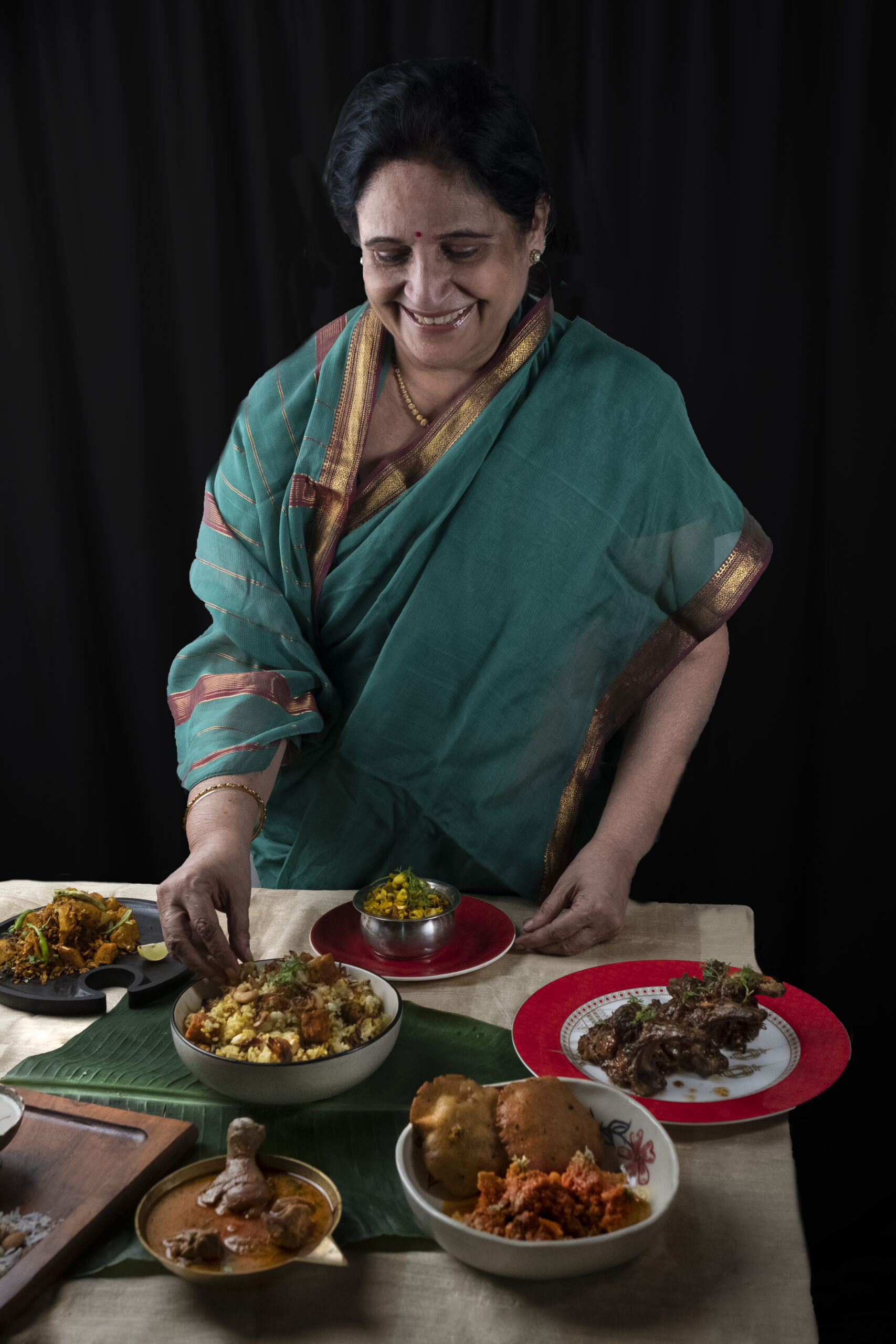
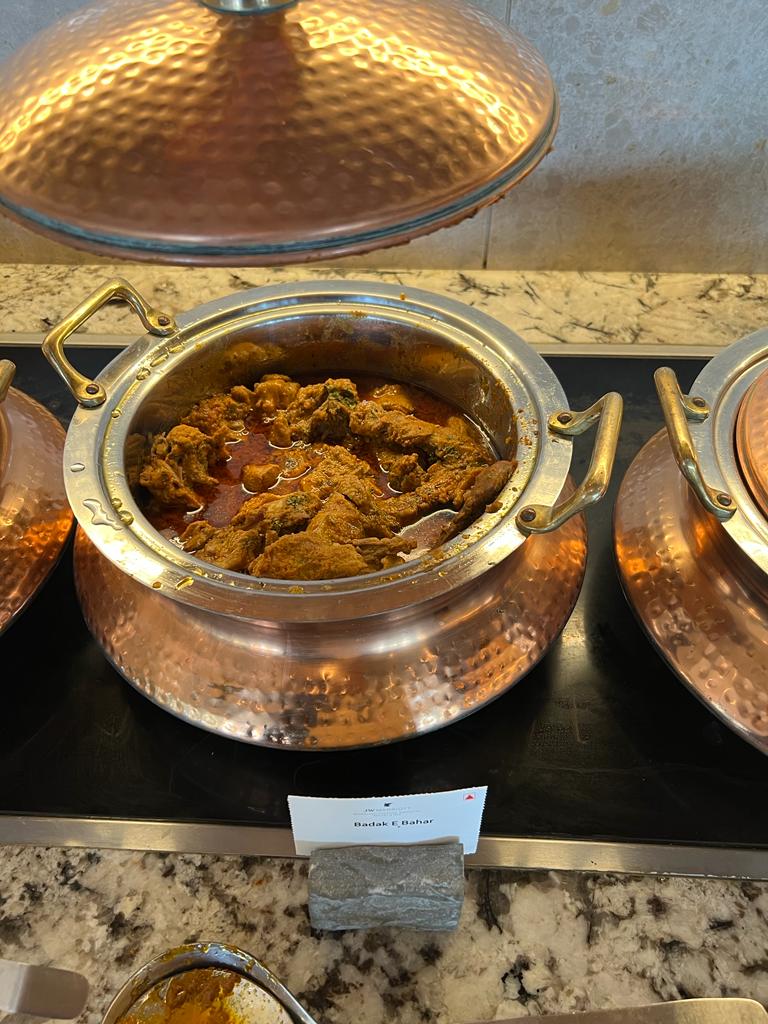
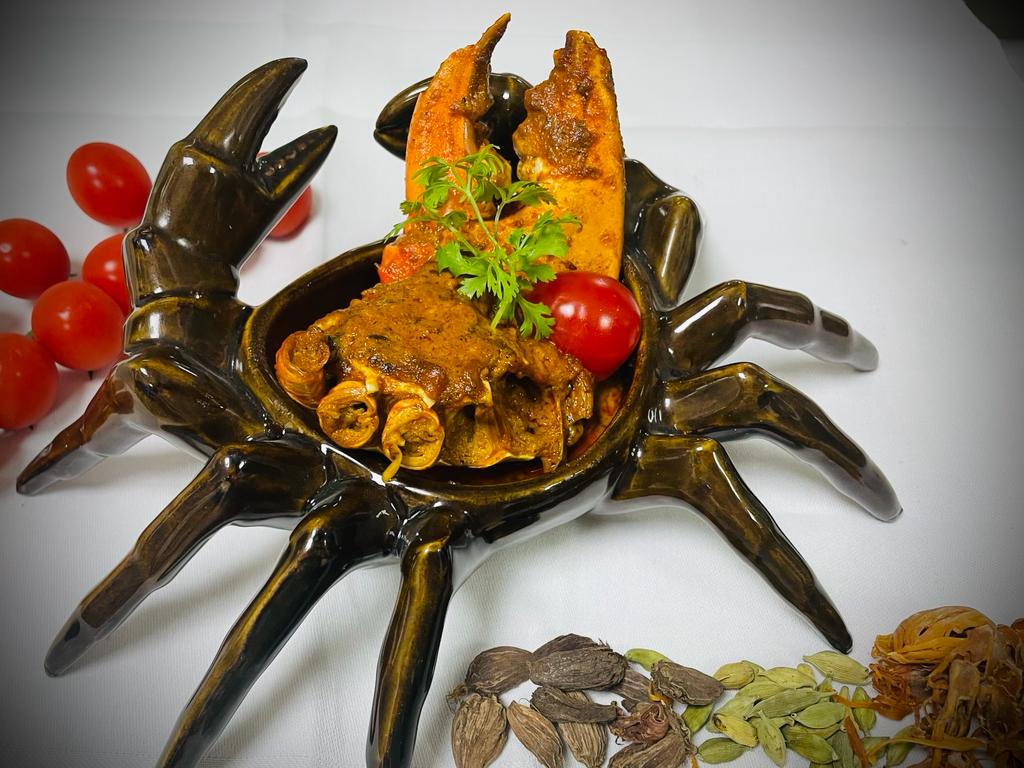
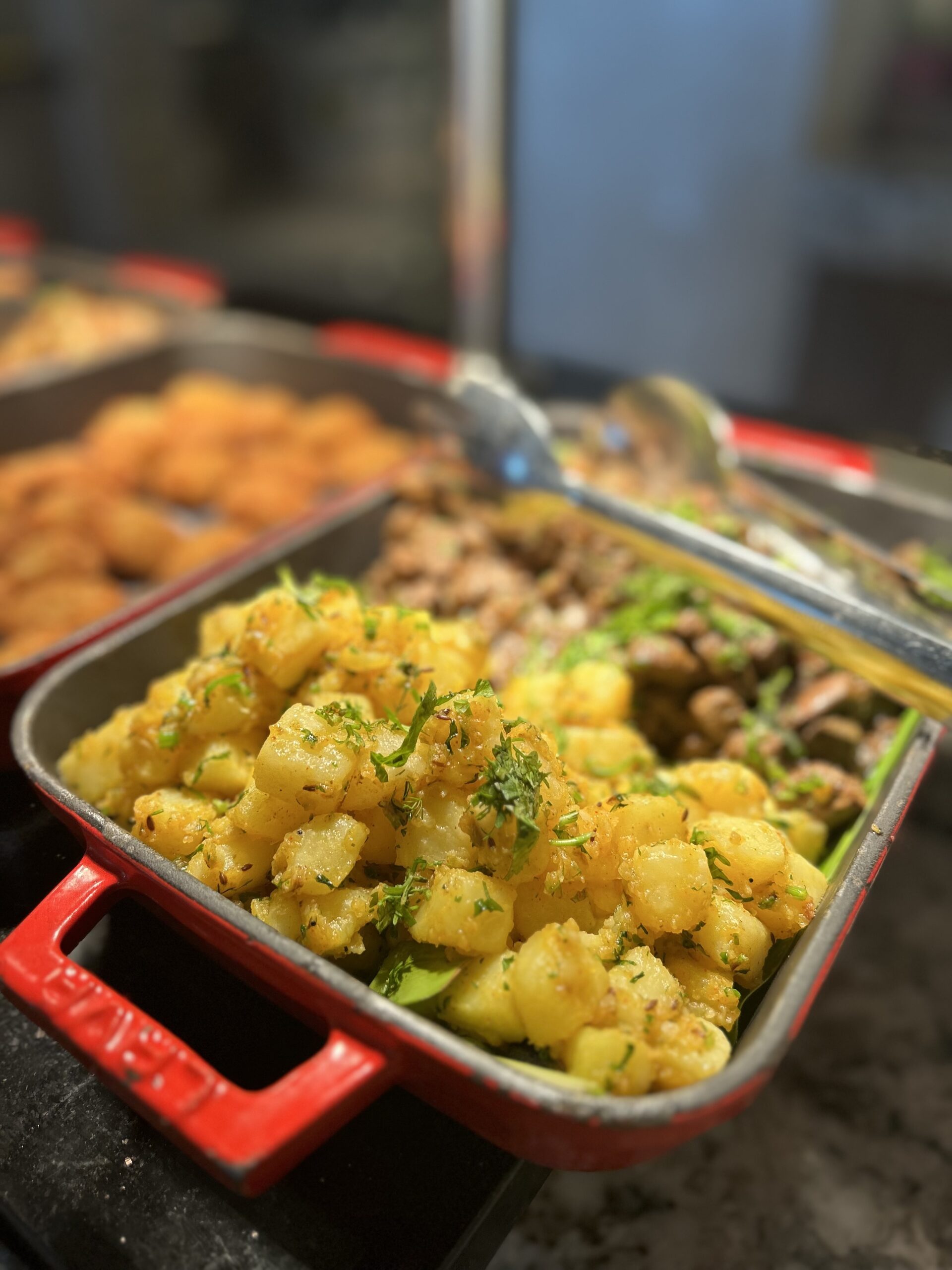



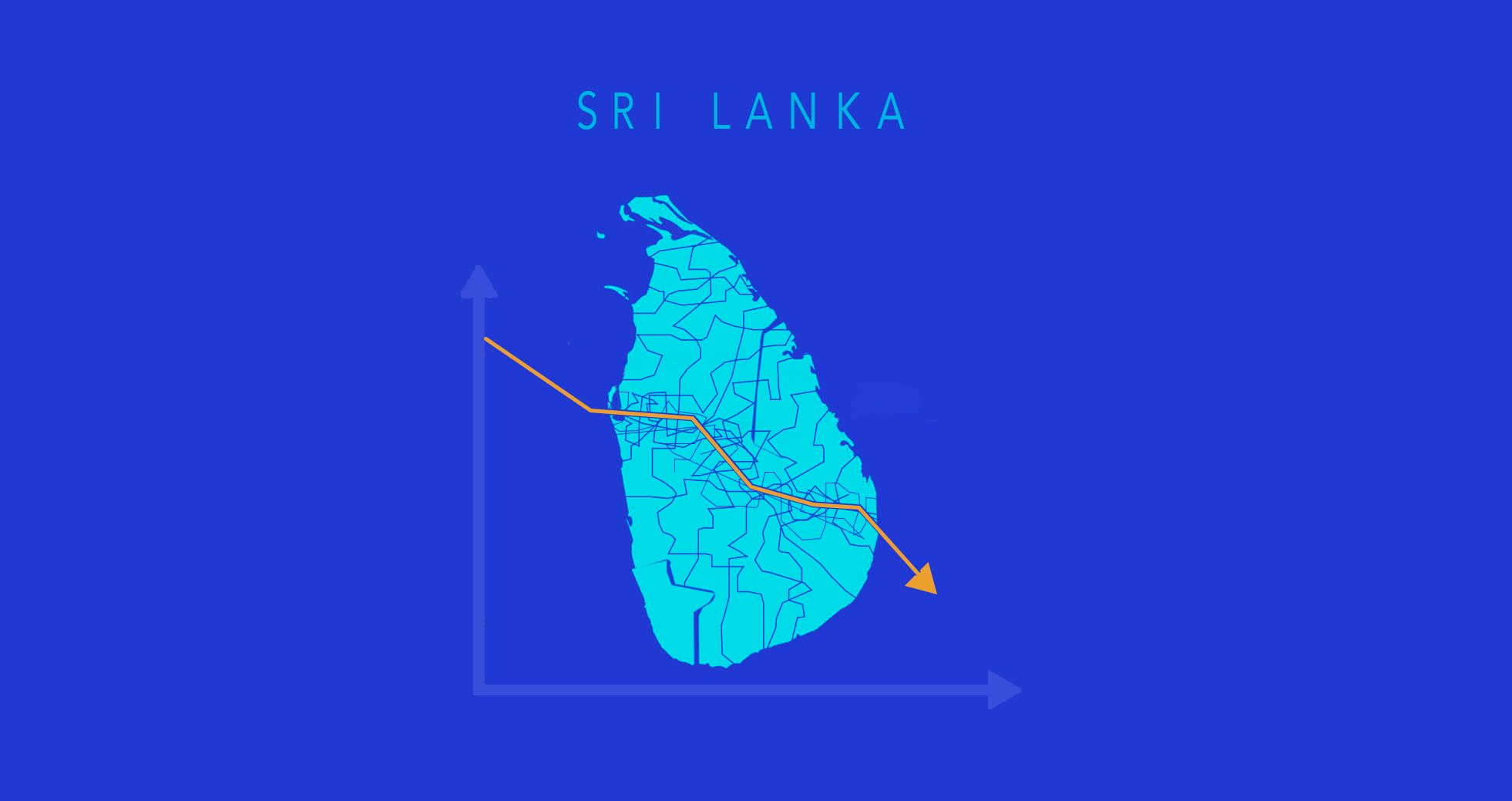

Very well penned by a very very talented chef. Your food has always been tasty and can vouch for it since I have had the good fortune of eating it.
Happy cooking Vinita